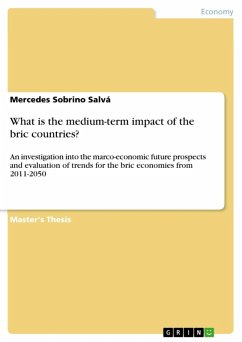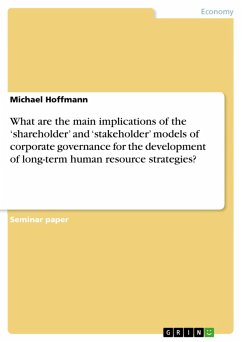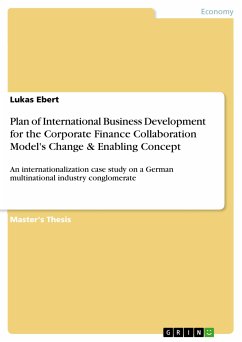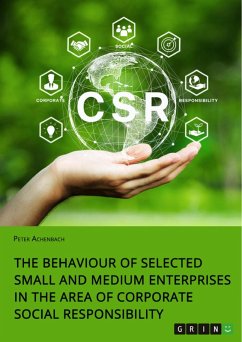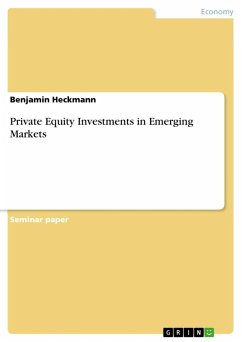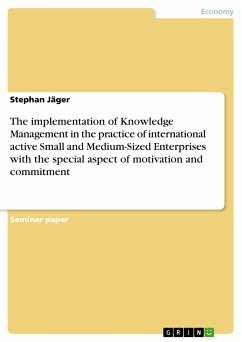Master's Thesis from the year 2011 in the subject Business economics - Business Management, Corporate Governance, grade: 2:1, Oxford Brookes University, language: English, abstract: The reason for this theme is based on a series of studies that began in 2001 with the Goldman Sachs (GS) Global Economic Teams and their document Dreaming with BRICs: The Path to 2050, which developed the BRIC hypothesis that groups together Brazil, Russia, India and China. Its relevance is based on the fact that the rise of the BRIC economies has been one of the major economic changes over the past few decades, and the fact that the BRICs are predicted by many to become the leading economies by 2050. However, these countries are predicted to be poorer on average than the G6 in per capita terms. The first step of the current dissertation was to conduct a macro-environmental analysis with the purpose of investigating the future prospects of the BRICs, and, therefore, the socio-economic challenges that are believed to be actual and future constraints for the BRICs' sustainable growth. As a result, it can be concluded that Brazil's growth may not be sustainable unless there is a long-term financial shift; Russia's growth sustainability requires an increase in population; India's growth seems sustainable, yet the uneducated population might have negative effects at some point by 2050; and China's growth is not likely to decline by 2020, but the socioeconomic challenges it faces might start to have an effect by 2030, meaning its growth rate might not be as robust as is now by 2050. This study is also based on an economic model developed by the researcher, with the objective of investigating the BRICs' prospects in GDP per capita terms, whose initial findings were analysed considering GS's and PricewaterhouseCoopers' (PwC) studies. As a result of this study, the BRICs are projected not to be the leader economies in per capita terms by 2050. However, considering that the long term and uncertainty are highly correlated, overall there is a high likelihood that neither GS's predictions nor PwC's nor the researcher's can happen in the future.
Dieser Download kann aus rechtlichen Gründen nur mit Rechnungsadresse in A, B, BG, CY, CZ, D, DK, EW, E, FIN, F, GR, HR, H, IRL, I, LT, L, LR, M, NL, PL, P, R, S, SLO, SK ausgeliefert werden.

